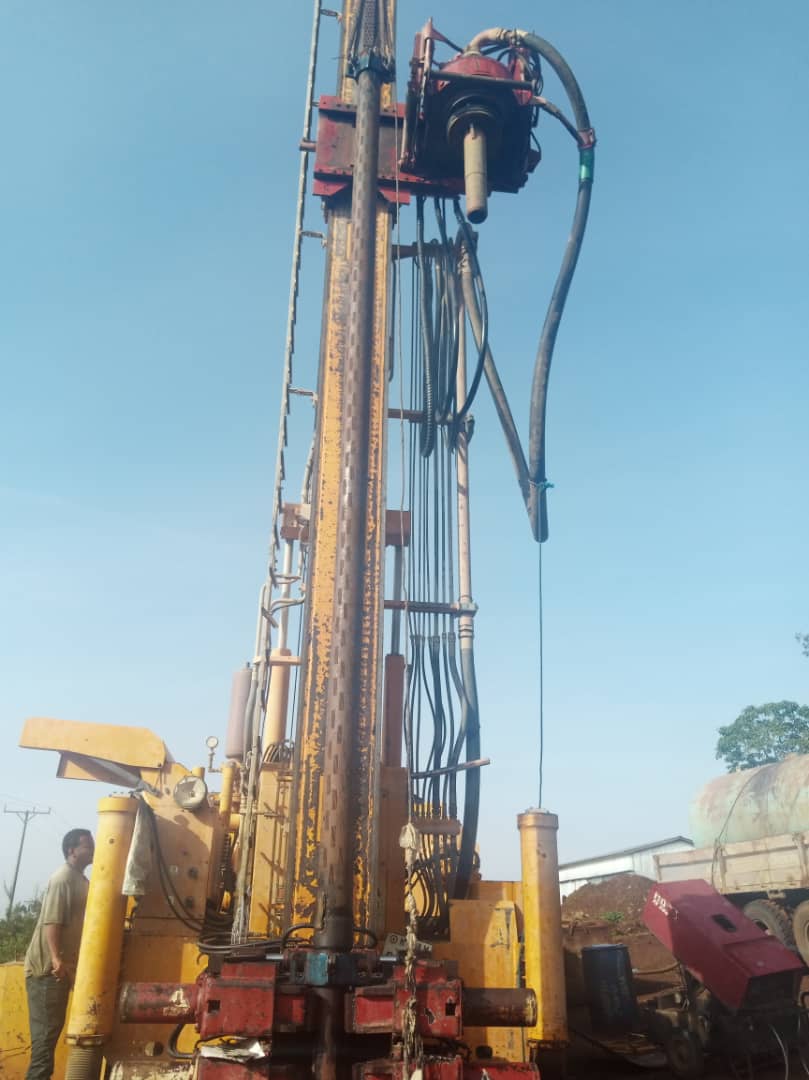GAPE Dairy Water Infrastructure Project
The availability of water in the ground can be determined using several methods, including:
Well Logging: This involves lowering a probe into a drilled well and measuring the electrical conductivity of the soil and rock formations. The information gathered can be used to determine the presence and distribution of groundwater.
Groundwater Level Measurements: Groundwater level measurements can be taken using a measuring device called a water level gauge. The device is inserted into a well and the water level is recorded at regular intervals. This information can be used to determine the availability of water in the ground.
Hydrogeological Surveys: Hydrogeological surveys are comprehensive studies of the water resources in an area. They can involve drilling test wells, collecting soil and rock samples, and analyzing the water in those samples. The information gathered can be used to determine the location, quality, and quantity of groundwater in an area.
Remote Sensing: Remote sensing techniques, such as satellite imagery and aerial photography, can be used to identify areas with a high potential for groundwater. These techniques can also be used to monitor changes in land use, vegetation patterns, and soil moisture, which can help indicate changes in the groundwater resources in an area.
Seismic Surveys: Seismic surveys involve using sound waves to determine the depth and structure of subsurface rock formations. This information can be used to identify areas with a high potential for groundwater and to estimate the amount of water present in an aquifer.
These are some of the most commonly used methods for determining the availability of water in the ground. The specific method or combination of methods used will depend on the location, geology, and specific needs of the area being studied.
Once water has been located in the ground, the next step is to extract it so that it can be used for various purposes such as drinking, irrigation, or industrial applications such as milk processing. This can be done using various methods, including:
Wells: The most common method for extracting groundwater is to drill a well. Wells can be drilled using different types of drilling methods, such as rotary, cable-tool, or jetting, and they can range in depth from a few feet to several thousand feet. The water is then pumped out of the well using a pump.

